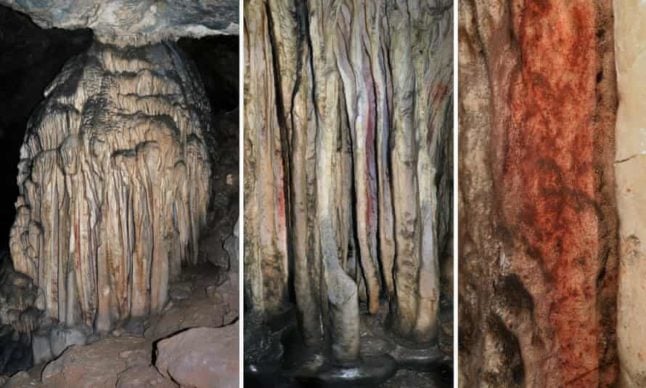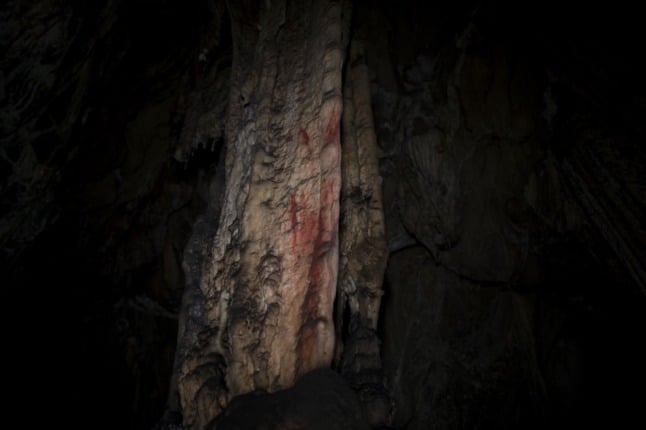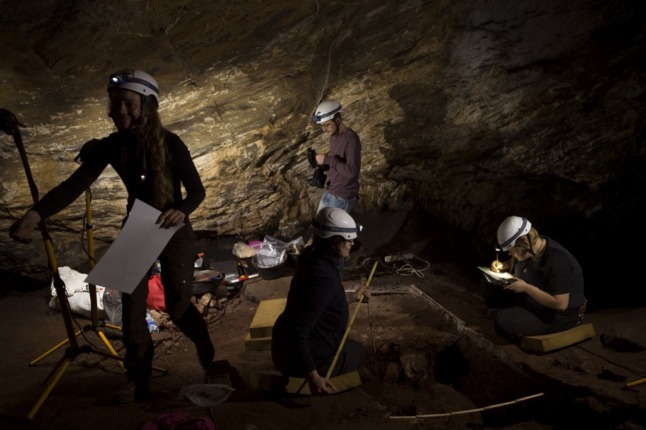It is the oldest wrecked ship of twelve that were identified along 200 kilometres off the windswept Tierra del Fuego coast.
The ship, "La Purisima Concepcion," went down January 10th 1765 off the Mitre peninsula — about 3,500 kilometres south of Buenos Aires — as it headed for the turbulent Cape Horn after sailing from Cadiz and stopping in Montevideo.
"It is not a galleon loaded with gold and pearls like in the movies; it's just a supply ship. But we have chosen not to disclose the exact location so as not to encourage anyone to go souvenir hunting," said Martin Vazquez, the lead archaeologist on the team that found the ship.
He previously led Ushuaia's End of the World Museum. It sponsored several expeditions since 2009 searching for these lost vessels, an an area where extreme winds and snow are the order of the day most of the year.
Many of the 193 people on board the ship that wrecked survived and were able to build small boats with which they ultimately headed to Buenos Aires.





 Please whitelist us to continue reading.
Please whitelist us to continue reading.
Member comments